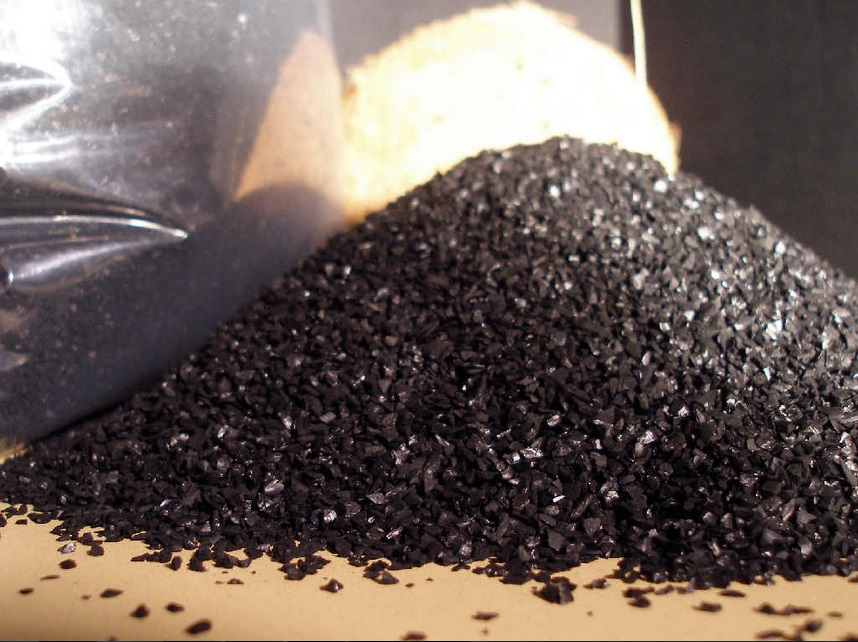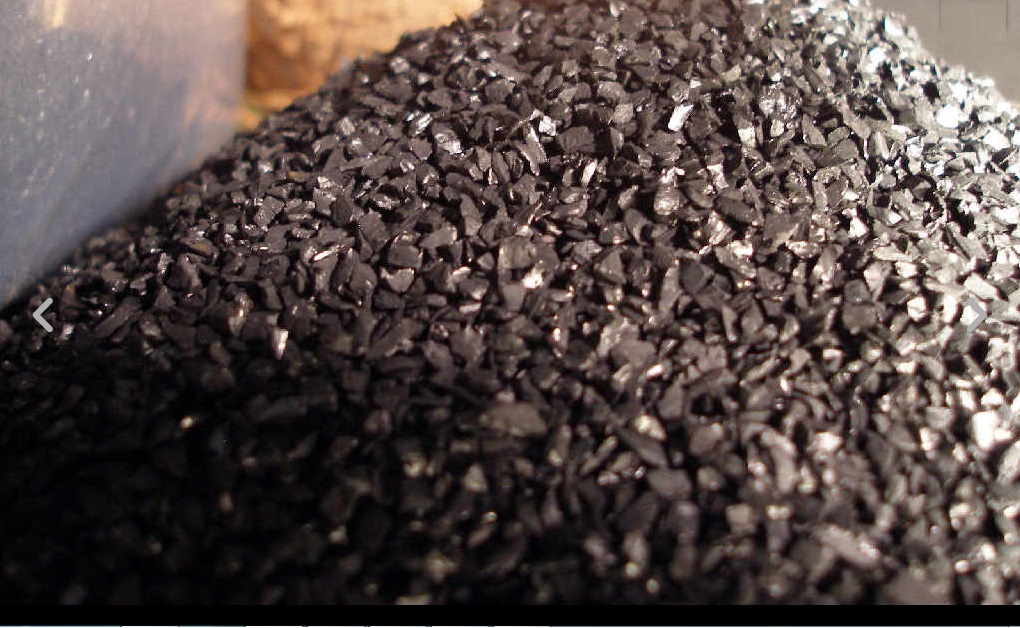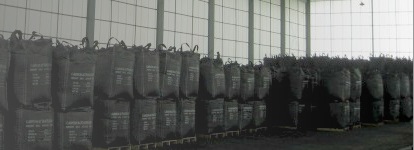Using Carbon in Water Filtration
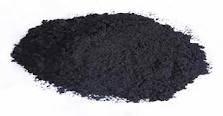 Carbon Water Filtration | How does it work?
Carbon Water Filtration | How does it work?
There are various methods of water filtration used nowadays. One of the most common methods used in point-of-use water filters is Carbon Filtering.
Making use of carbon as a filter is thought to be one of the oldest methods for purifying water and has been used since Egyptian times. Carbon filters are currently used in domestic point-of-use water filters and sometimes in municipal water treatment plants; they are also utilized for the pre-treatment phase in reverse osmosis systems.
What is Carbon Filtering?
Carbon is one of the most powerful absorbents identified by man and has the ability to absorb many different chemicals. Carbon filtering uses pieces of ‘activated carbon’ that remove impurities and contaminants in water, using a chemical process of adsorption.
What is Activated Carbon?
Activated carbon is carbon that has a small electro-positive charge applied to it. This allows it to attract and trap even more chemicals and impurities in the water. When water passes over the surface of the ‘activated carbon’ filter the negative ions of the contaminants are attracted to the positively charged carbon.
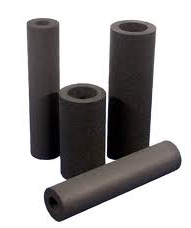 Are there different carbon filters for water?
Are there different carbon filters for water?
Most point-of-use water filters for domestic purposes use Granular Activated Carbon (GAC) or an alternative Powdered Block Carbon. Carbon block filters are generally better for removing large quantities of contaminants thanks to their larger surface area. The amount of carbon in the filter and the speed of the water flow will determine how effective the filter is. A filter with more carbon and a slow flow of water is ideal, because the impurities and contaminants spend more time in contact with the surface of the carbon filter. A typical point-of-use filter contains between 12 – 24 ounces of activated carbon. Types of carbon typically used in point-of-use carbon water filtration are wood, bituminous and coconut shell. Carbon from coconut shells costs 20% more on average than other types and is considered to be the most effective.
Which carbon filter is best?
Filters which use activated carbon are normally given a rating depending on the size of particles removed by the filter. The typical range is from 50 microns (the least effective) down to 0.5 microns (the most effective).
Carbon filters are generally good for removing chlorine, sediment, and volatile organic compounds, pesticides and herbicides and many other man-made chemicals from water. Some filters containing activated carbon are reasonably effective at eliminating some traces of heavy metals from water. Densely packed carbon block filters are capable of removing 0.5 micron particles. However, they do not remove salts/minerals (contaminants that cause scale on kettles or coffee-makers) or dissolved inorganic compounds. Removal of these contaminants needs either a water filter system based on reverse osmosis or a distiller.
GAC is not very good for removing sediment /particulate material. GAC filters are often used with a sediment filter which precedes it; making it more effective and prolonging the carbon cartridge life by elimination of contaminants that can clog the carbon. Many carbon filters used in water filtration make use of secondary materials to prevent the growth of bacteria inside the filter.
